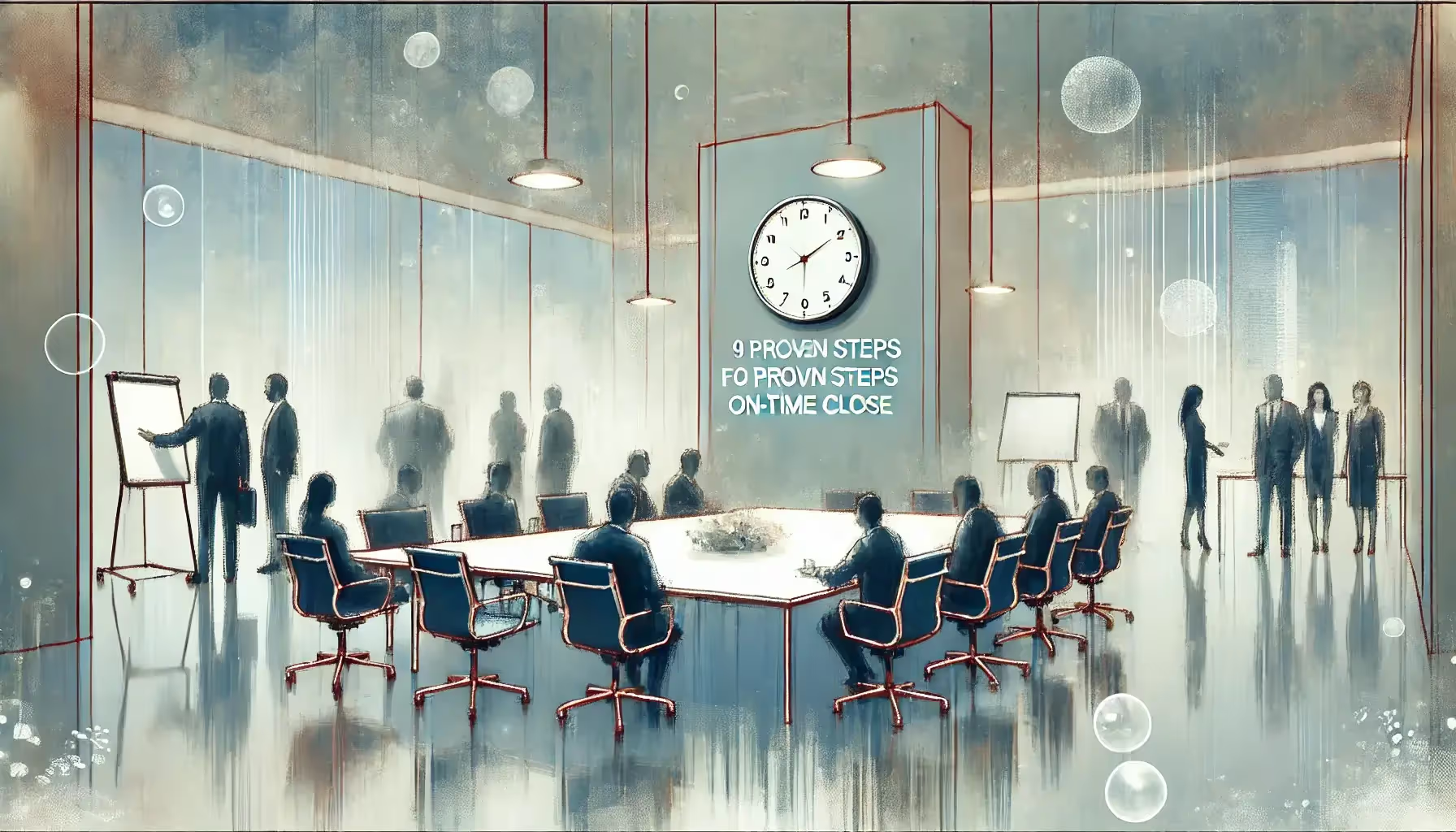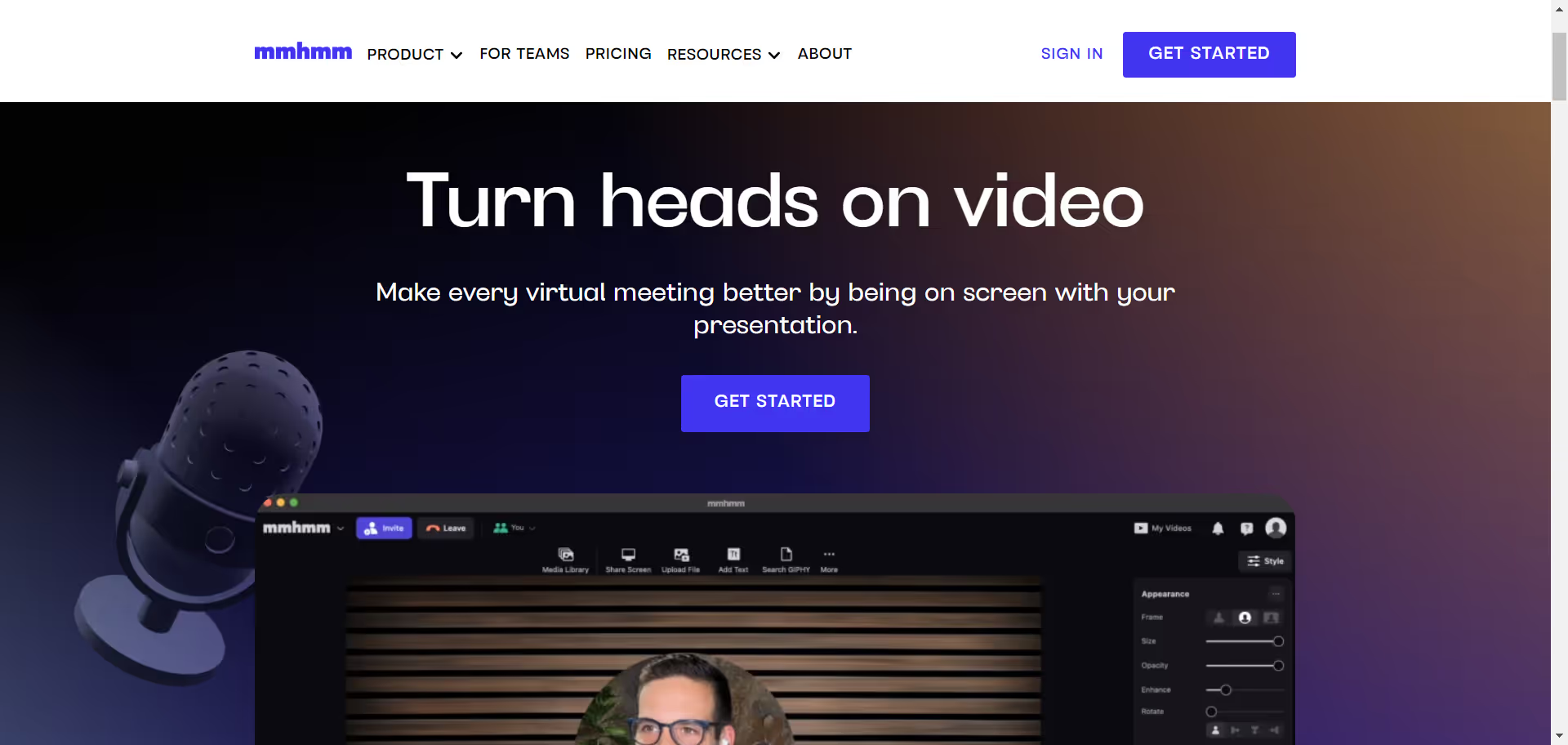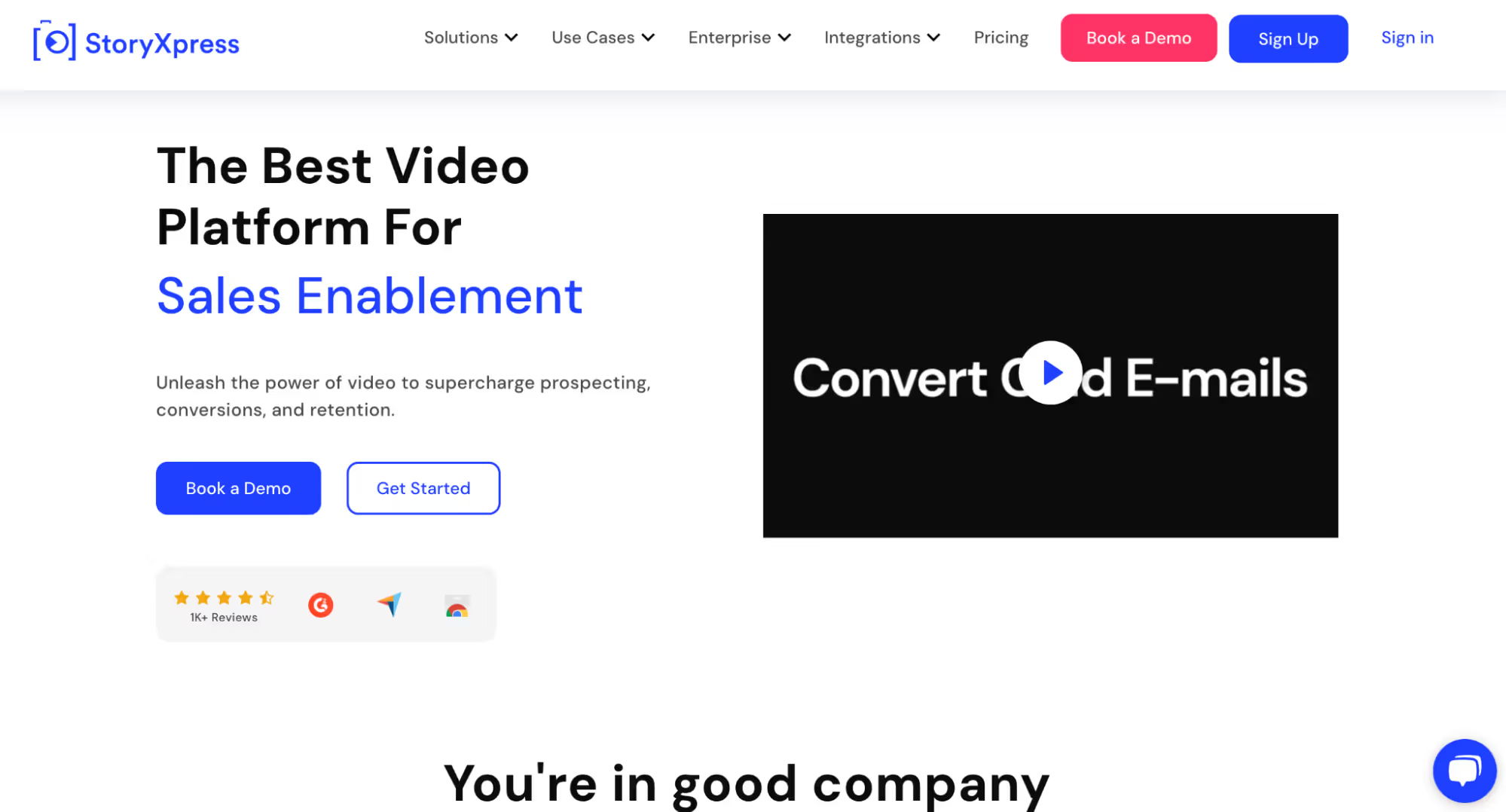
Choosing Between Synchronous and Asynchronous Communication: Key Strategies
Deciding between instant replies and async responses? Master the art of choosing between synchronous and asynchronous communication with strategies for effective interaction in every situation.
In today's fast-paced digital world, communication plays a pivotal role in our daily lives, whether it's for work, education, or personal interactions. Two primary modes of communication have gained prominence in recent years: synchronous and asynchronous communication. At Bubbles, we mostly opt for the async latter, but also understand the effectiveness of communicating synchronously, and therefore, we are faced with this choice often. Choosing the right approach between these two can significantly impact the efficiency and effectiveness of your interactions. In this article, we'll delve into the strategies for making informed decisions when faced with the choice between synchronous and asynchronous communication, so that you are able to master the async vs sync balance.

Key Strategies for Choosing Between Synchronous and Asynchronous Communication
1. Assess the Nature of the Communication
Consider the purpose and context of your communication. If you need quick responses or live discussions, synchronous communication may be the way to go. For example, in a classroom setting, a synchronous online class with live video lectures and real-time discussions might enhance engagement and comprehension due to the necessity of learning it brings, that asynchronous learning perhaps lacks.

Conversely, if the conversation revolves around sharing information or updates, asynchronous communication, such as recording an informative Bubble or posting an announcement on a discussion board, can be more efficient and accommodating to different schedules.
2. Consider the Learning Environment
In the realm of education, whether it's asynchronous or synchronous learning, the choice depends on the learning environment and objectives. Asynchronous learning, which includes pre-recorded lectures and aforementioned discussion boards, can provide students with the flexibility to study at their own pace, especially in an online program.
However, some subjects or teaching methods might require synchronous learning to facilitate immediate Q&A sessions with the instructor or foster real-time group discussions. Conversely, asynchronous feedback, where recorded and delivered in a Bubble, for example, has a permanent nature, fostering continuous improvement and pinpointing action areas.
3. Factor in Time Zones
When dealing with a geographically diverse audience, time zones become a significant consideration. Synchronous communication can be challenging if participants are scattered across different time zones, as it might inconvenience some learners or teammates and hinder their active participation.
To overcome this, consider offering asynchronous options, such as recorded videos or Bubbles, alongside synchronous sessions. This allows learners from various time zones to access content and participate at their convenience.

4. Leverage Asynchronous Tools for Engagement
Even in a predominantly synchronous learning or working environment, asynchronous tools can be integrated to enhance engagement. For instance, asynchronous communication platforms can be used as supplementary tools for in-depth discussions or questions that learners may not have had the opportunity to ask during synchronous sessions. In this instance, a notetaker, like Bubbles', can also be used to provide a recorded video of a synchronous online meeting, alongside a transcript to refer back to.
5. Provide Options for Asking Questions
In synchronous settings, it's essential to create an environment where learners or teammates feel comfortable asking questions. Encourage active participation by dedicating time for questions and discussions during live sessions. Additionally, consider offering channels to submit questions asynchronously, ensuring that those who may be hesitant or unable to engage in real-time discussions are not left behind. This is why synchronous meetings with a notetaker can be beneficial, as it then allows those involved to comment and asynchronously communicate on the topic afterwards.

6. Evaluate Communication Platforms
Selecting the right communication platform is crucial. Platforms designed for synchronous communication, such as video conferencing tools, offer features like real-time chat and screen sharing. In contrast, asynchronous communication tools, like Bubbles, focus on message presentation, screen sharing with annotation and retrieval of feedback and action.
Evaluate which platform aligns with your specific communication needs, whether it's a live online meeting or a platform like Bubbles that keeps messages for future reference.
7. Adapt to Different Learning Styles
People have varied learning and working styles and preferences. Some thrive in real-time, interactive environments, while others prefer a more contemplative and self-paced approach. Recognize these differences and aim to accommodate both synchronous and asynchronous learners and workers within your communication strategy.
8. Embrace a Hybrid Approach
Therefore, sometimes, the most effective strategy is to combine both synchronous and asynchronous communication. This hybrid approach provides flexibility while ensuring that important live interactions still take place. For instance, a remote working program might incorporate weekly synchronous video sessions while using a notetaker for ongoing asynchronous communication and collaboration. This is what we do at Bubbles, and the efficacy of this approach is elaborated in the Bubble below.
9. Solicit Feedback
To continually improve your communication strategy, seek feedback from participants. Understand their preferences and experiences with both synchronous and asynchronous communication methods. This valuable input can guide adjustments and refinements in your approach.
Conclusion
Mastering the art of choosing between synchronous and asynchronous communication is essential in today's interconnected world. By carefully assessing the nature of the communication, considering the learning environment, accounting for time zones, and leveraging the right tools and strategies, you can optimize your interactions for efficiency and effectiveness. Remember that flexibility and adaptability are key to successful communication in diverse settings, whether it's in education, remote work, or other collaborative endeavors. By implementing these strategies, you can navigate the complexities of synchronous and asynchronous communication to achieve your communication goals effectively.
Make your
meetings matter
Loved and trusted by 100,000+ users:
- Automatically Record and Transcribe Meetings
- Extremely Accurate Notes, Summaries, and Action Items powered by AI
- Works with Zoom, Google Meet, and Microsoft Teams
- Save time and follow-up with quick async videos
Simply connect your work Google or Microsoft Calendar to get started.
Collaborate better with your team
Get your point across using screen, video, and audio messages. Bubbles is free, and offers unlimited recordings with a click of a button.
.avif)
Collaborate better with your team
Get your point across using screen, video, and audio messages. Bubbles is free, and offers unlimited recordings with a click of a button.
.avif)













.avif)